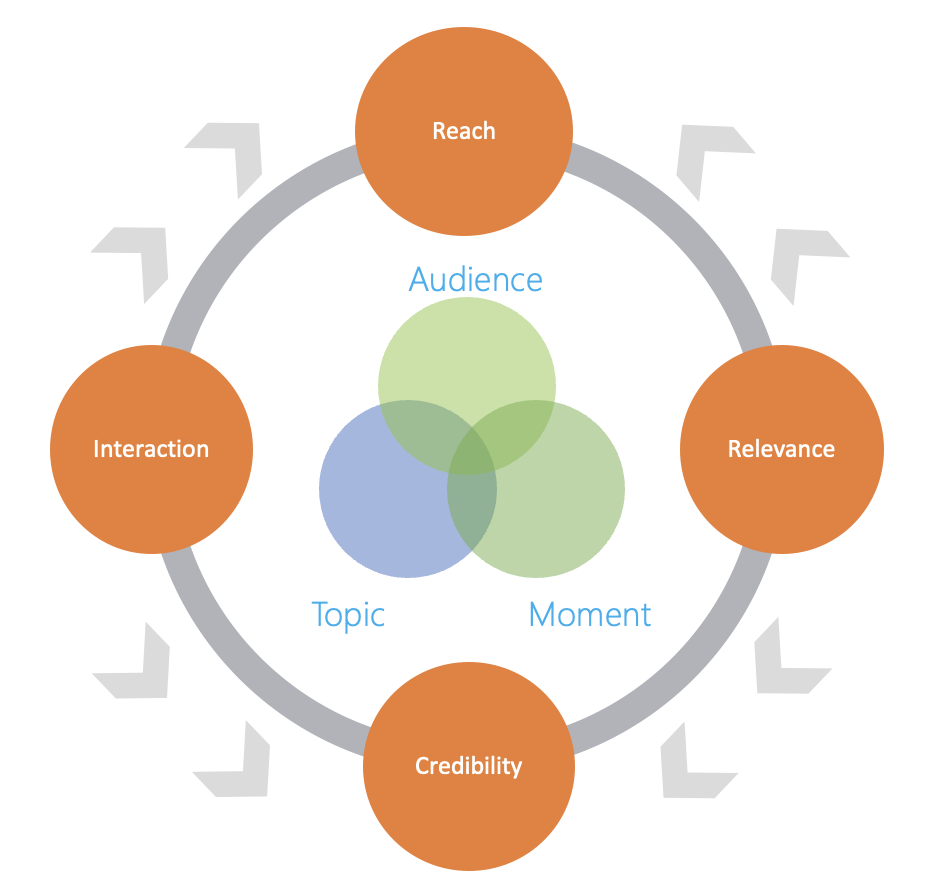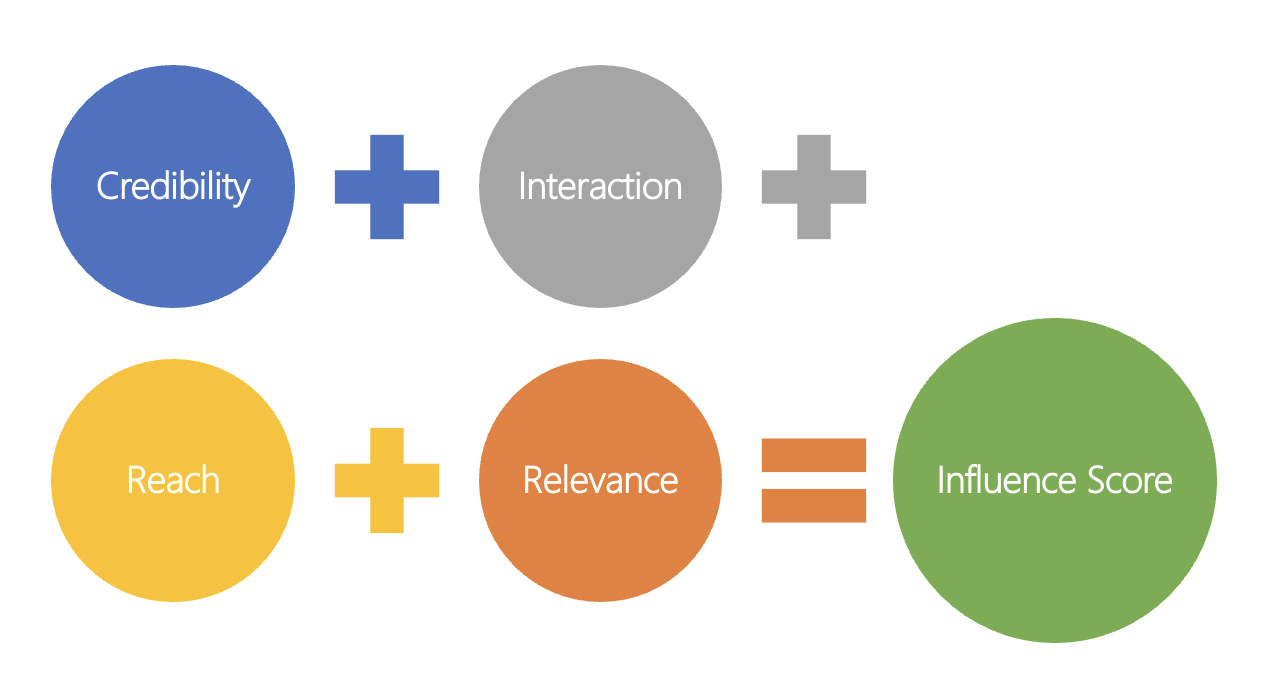Competitive trends for brand experiences H2 2022
Core recommendations for brand expression strategies
Ensure that all experiential activations from the brand are aligned with the needs of the market, and are meeting a brand-approved look and tone. Deliver experiences that can be uniquely owned by the brand and are exciting to their core and adjacent audiences.
Competitive trends for 2022
Crowded House
The brand expression space has gotten even more crowded than ever during the post-pandemic era. Entering such a busy space means leapfrogging others by showcasing your (alluring) differences.
Snowballing Expectations
With such a busy year and the boom of virtual experiences, attendees are expecting more. Launching an experience also means anticipating raising expectations set by other brands’ virtual engagements.
Love You for You
Authenticity is even more important than it ever was in the past; brands need permission. Ensure any stance is genuine, authentic and true to the brand and core to the brand’s purpose.
Findings
Finding 1
Establish event priorities and objectives: Be clear about the purpose of events, the expectations
and the goals.
Finding 2
Consider all roles, nuances, and opportunities in the industry: Across roles and topics, as well as geographic realities to drive the event strategy.
Finding 3
Determine what is ‘only you…’ about your events: What makes an event your event? Align with the experiences but be true to your brand first and foremost.
Finding 4
Establish a portfolio and sphere of influence: Determine how involved headquarters will be in delivering events versus Business Groups and regions.
Finding 5
Get inside your audiences’ mind and beat their expectations: Technologists are not a homogeneous group. They are architects, implementors, decision makers, developers, and so much more.
How you win: Leapfrog
Breakthrough a crowded space and build, support and promote your platform.
Leapfrog—success in category means jumping ahead with unexpected experiences
Push off category: When the category zigs, you should zag; be different, defiant
Solve a problem: The experiential portfolio should seek to solve a problem issue a challenge
Shoot for the moon: BIG thinking nets big results
Influencer Marketing: Guiding Principles
Influence is Specific
There is no such thing as a universal influencer – and influence cannot be evaluated in a vacuum. Someone is influential to a specific audience, on a specific topic, in a specific moment in time.
Influence is Dynamic
Influence is always in motion, evolving over time based on a combination of internal and external forces. Influencers move to new channels, become interested in new topics, react (or fail to react) to cultural shifts – and their level of influence moves accordingly.
Influence is Multidimensional
Influence is not one-size-fits-all. There are many ways to be influential. Some people are reputable sources, while others have a large microphone. With this in mind, the approach uses a set of influence indicators that aims to account for the various mechanisms used by an influencer to encourage action or outcomes – namely, reach, relevance, credibility and interaction.
Experiential Marketing Myth-Busting
The phrase "experiential marketing" has been buzzing for years with many brands and agencies talking about it, yet few doing anything with it, and when planning live, event-focused marketing, this can be a very dangerous proposition not only to brand attitudes, but to the ROMI.
It's easy to look at tentpole headline-grabbing events such as CES, Mobile World Congress and Comic-Con, but the truth is, most industry events do not experience that same kind of attention and publicity. So, marketing managers are faced with the risk of spending a lot of money without the guarantee of returns.
The goal of this article is to dispel myths around event marketing:
Myth 1: Events are just fun, they don't generate sales
Fact: In an article published by Statista it found that 79% of U.S. marketers generate sales using event marketing. This is substantial, eight out of ten brands will see conversions. Along with that the brand will also generate awareness which will add to top funnel metrics.
Myth 2: Brand opinion won't change, it's a "sea of sameness"
Fact: It turns out that 74% of event attendees have a more positive view of the brand based on research conducted by Event Marketer. Increasing a brand's perception by nearly eight out of ten attendees is a powerful statistic, especially if a brand has a strong event portfolio strategy in place (which is the subject of a forthcoming article).
Myth 3: No brand marketers really believe events are worth it
Fact: Whereas it may be true that senior marketing managers with control over the pursestrings might balk at investing in event marketing (which this article seeks to dispel), 80% of marketers believe that event marketing is critical to their business. This finding by event software company Bizzabo shows the internal split between investment by management and demand from marketing managers.
Myth 4: There is basically no digital media earned
Fact: Again, it seems as that may be true, it turns out not to be. Industry publication Event Marketer found that 72% of customers were influenced by their connections' branded experiences on social media drove them to purchase. This is also in addition to the fact that Event Marketer also reported that 98% of consumers create or share their social profiles at events and experiences, and 100% use them to share their experiences.
It is clear that there is inherent benefit to brands' top- and bottom-lines by having a presence at events. it is important to note, however, that just showing up to events and trade shows is no where near enough to meet these statistics. It is a well-crafted formula that leverages:
Business goal(s) the experience is meant to impact (this should always be first)
The event portfolio that your brand crafts
A set of strong insights to help develop the experience
The creative execution of the experience
Leveraging both physical and digital mediums to optimal effect
Developing a strong media plan that operates pre, during and post the experience(s)






